Turner Prize 2016 at Tate Britain
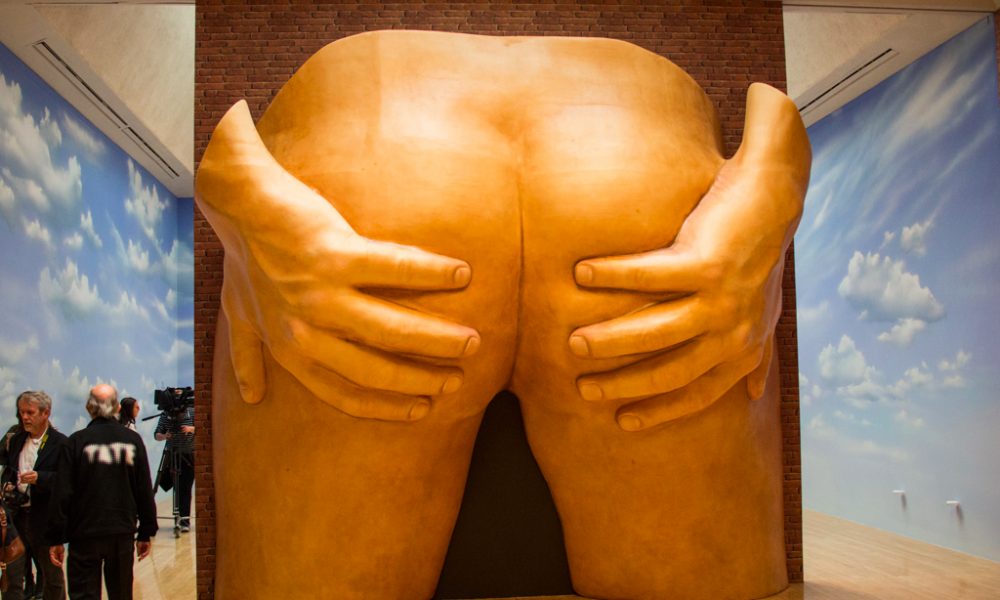
Since the Turner Prize was inaugurated in 1984, it has aimed to “promote public debate around new developments in contemporary British art.” Historically, the debates around the award have been fierce, both in the art world and in the popular press. This year’s nominees – with one pointed exception – avoid the shock factor, choosing instead to stage some interesting questions about how we look at art.
Helen Marten is perhaps the best-known nominee amongst the collective: her presentation includes a selection of installation sculptures created using found objects and hand-crafted items made of beautifully glazed ceramics. Each collection resembles a work station or improvised device, where marbles, cotton buds and vintage tea towels play a vital but unknown role. Tiny details invite the eye to linger, drawing the viewer into a surreal and captivating sculptural world.
The visual centrepiece of this year’s exhibition is Anthea Hamilton’s Project for a Door (After Gaetano Pesce), a pair of storey-high buttocks being clasped by two giant hands. Partly gimmicky Instagram-bait, this huge backside is also a credible part of Hamilton’s practice, which involves the physical realisation of photographs from her archived collection. The piece is modelled on a real suggested design for a door by Italian designer Gaetano Pesce.
Josephine Pryde works primarily with photography, presenting some beautiful close-ups of female hands interacting with items, such as phones and notebooks. Drawing on stock image photography used by advertisers, Pryde’s images have pleasing imperfections to them upon closer inspection, showing the cracks beneath the polished surface of commercialism. Another of Pryde’s works on display is a miniature train called the New Media Express. In its original incarnation, there was a circular track and visitors were encouraged to ride on the train. Sadly, in its Tate Britain version, the train is stationary “in a temporary siding”, rather losing the fun, subversive nature of the original piece.
The final room is filled with Michael Dean’s tactile, sinuous sculptures. The pieces – made of clay, wire, wood and metal, resemble words, letters and glyphs – point to the idea of language which underpins Dean’s practice. In the centre of the room is a huge pile of money: £20,436 in one penny coins, an amount representing the UK poverty line for a family of four.
All these artists are worthy nominees of one of Britain’s most prestigious art prizes. The works on show are engaging and ask key questions about the nature of art and how we interact with it. It’s refreshing to see sculptural work being given credence once more, and while Hamilton’s butt cheeks might draw the public in, hopefully the innovative materials and probing questions on show will frame further debate.
Anna Souter
Photos: Erol Birsen
Turner Prize 2016 is at Tate Britain from 27th September until 2nd January 2016, for further information visit here.


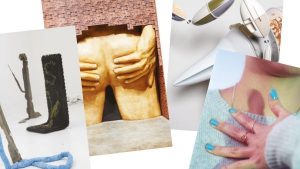

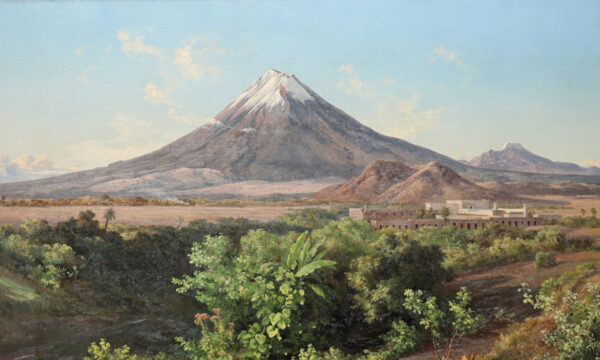
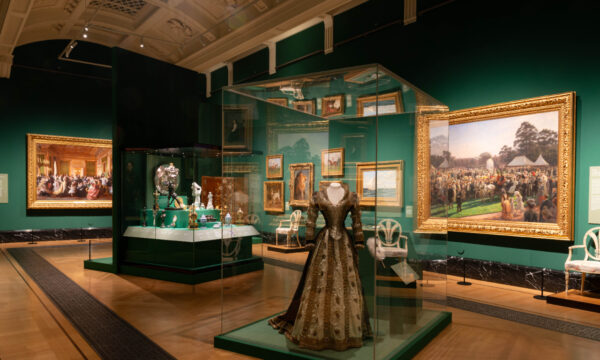
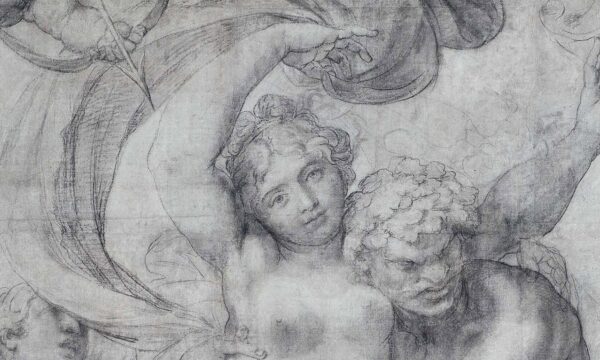
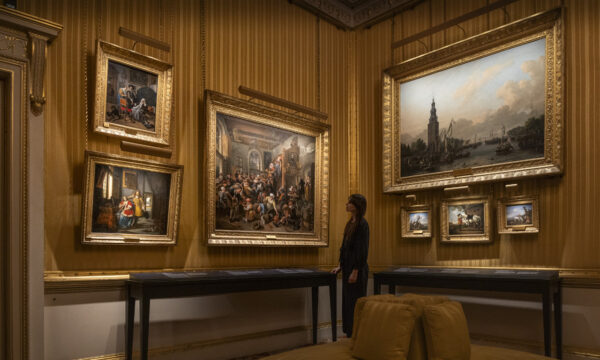
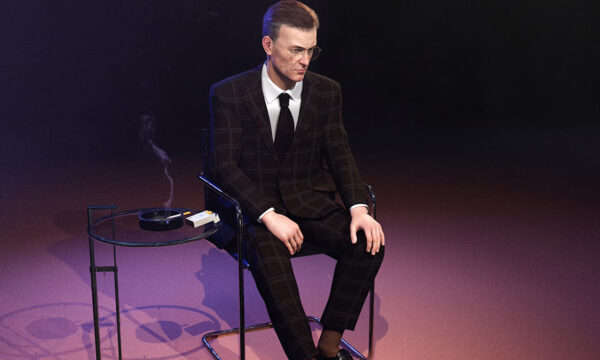
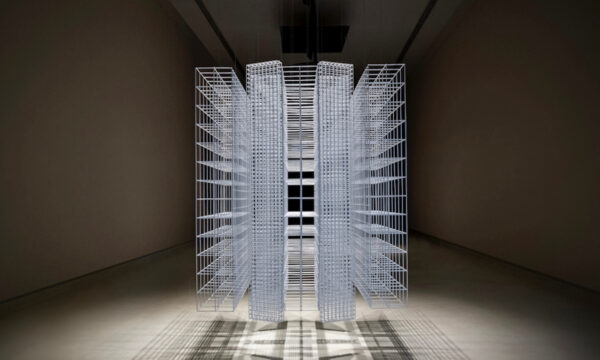
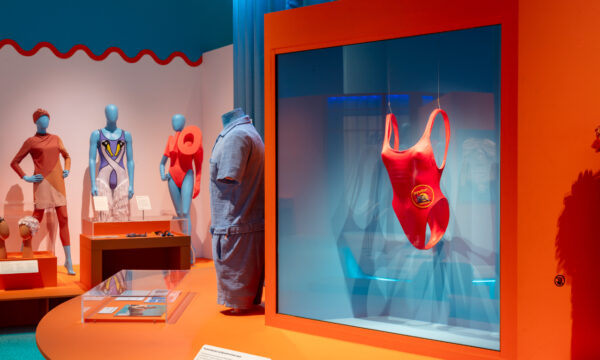
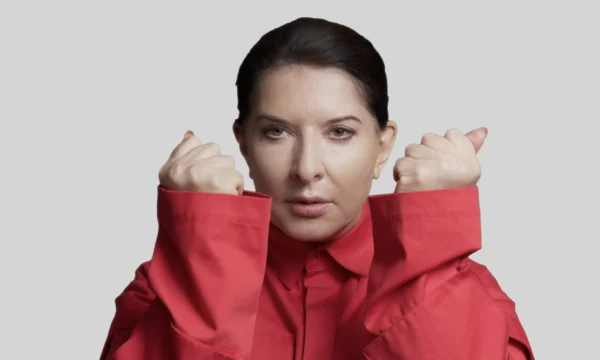
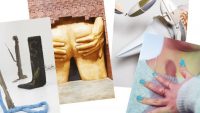




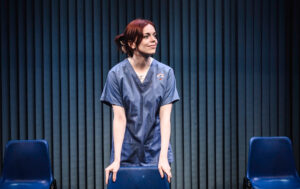


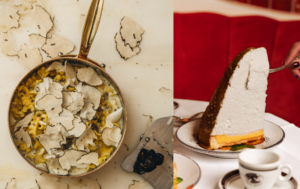
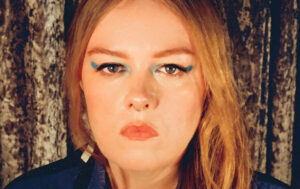






Facebook
Twitter
Instagram
YouTube
RSS